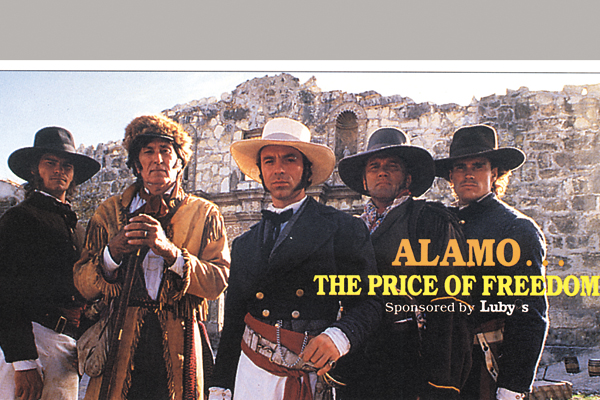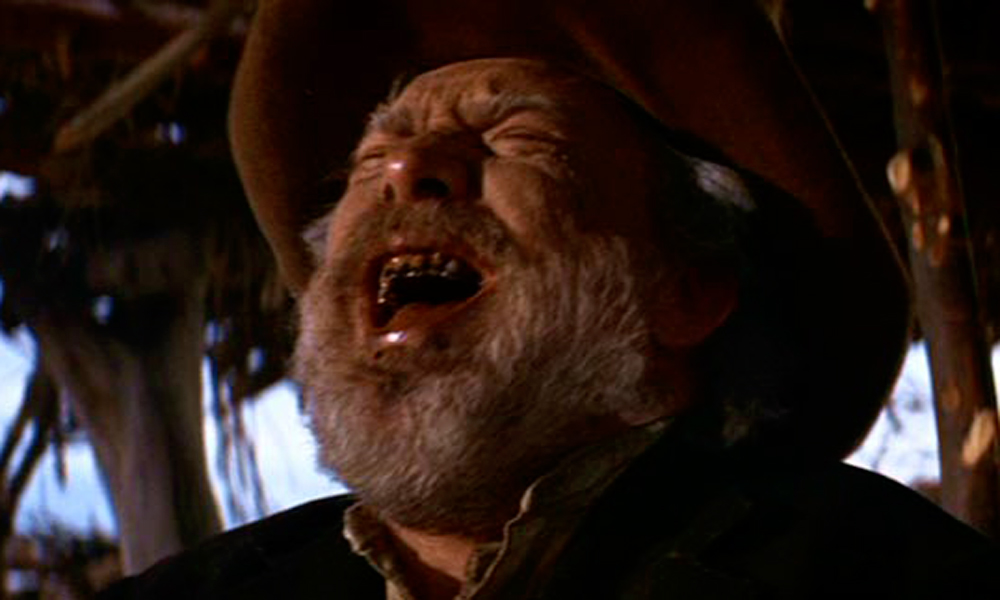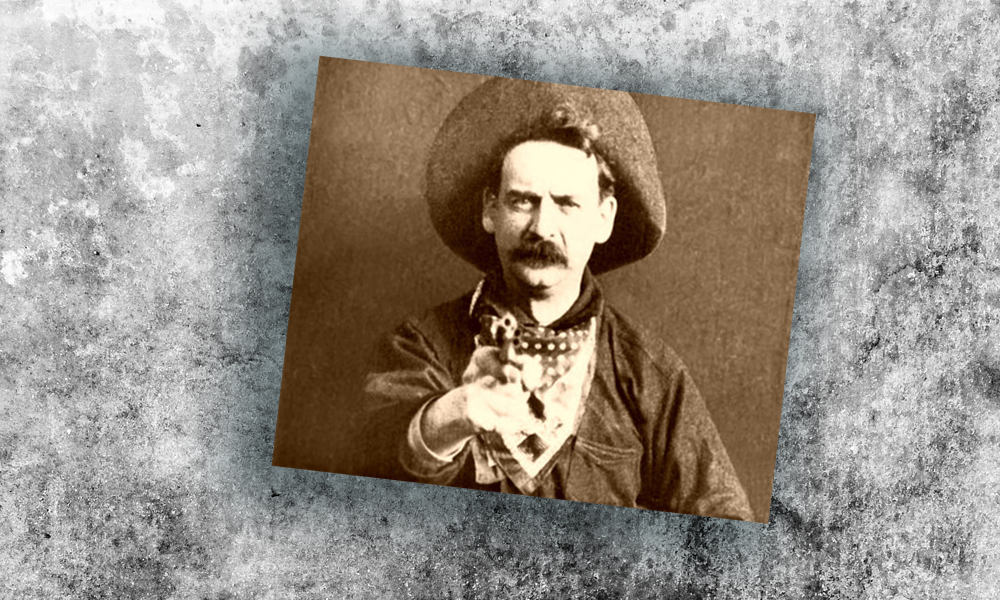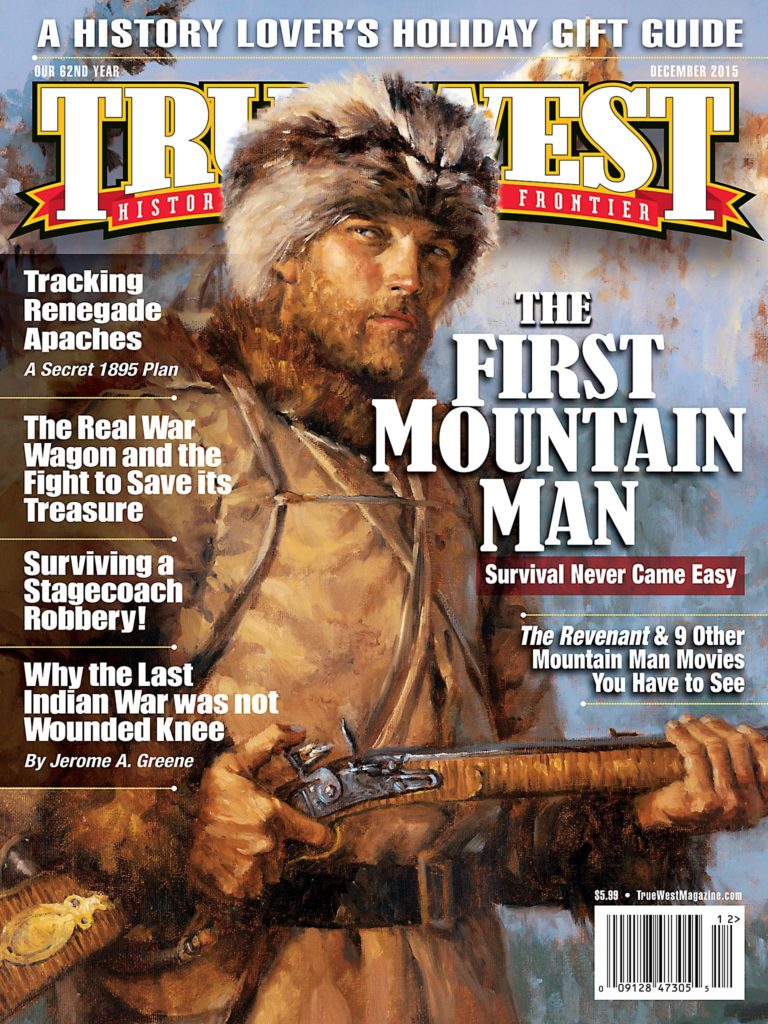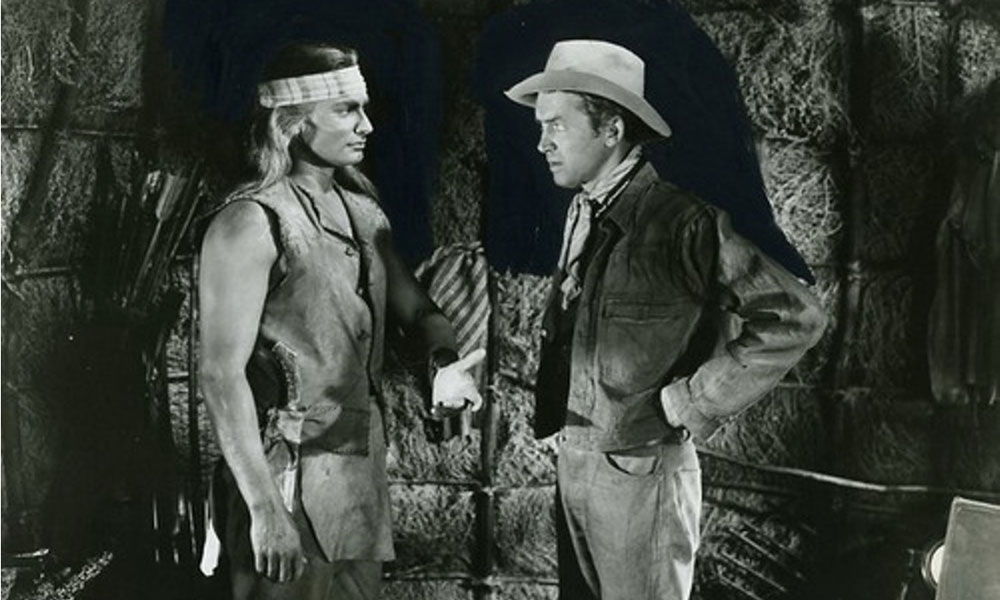
It’s generally assumed that Indians were always portrayed in early movies as the heavy. When the Whites won it was a battle and when the Indian’s won it was referred to as a massacre. The Indian’s were always the bad guys whooping and hollering, chasing stagecoaches and attacking wagon trains. I used to say to my college students, “Did you ever wonder if they went home after a long day of whooping and hollerin’ and sat around the tee pee and played with their kids?”
Many of the films of the 30s, 40s, and 50s, dealt with Native Americans sympathetically, certainly paternalistically, but on the other hand everyone else was dealt paternalistically. Short shrift was also given to women, farmers, small ranchers and even the cowboy. We made them what they weren’t, sometimes more, sometimes less. Sometimes they were icons and superhuman beings, and sometimes not.
Ya gotta remember though, Hollywood movies are primarily entertainment, not enlightenment.
Americans in general had a very strong, positive image of Native Americans, dating all the way back to the Indian Wars. In Arizona for example the citizens of Tombstone and Bisbee and the surrounding area named their new county after a great Chiricahua leader whom they’d fought a long, bitter war with just a few years earlier. Pima, Maricopa, Yuma, Mohave, Apache, Navajo, Pinal, Coconino and Yavapai Counties were all named for Indian tribes.


